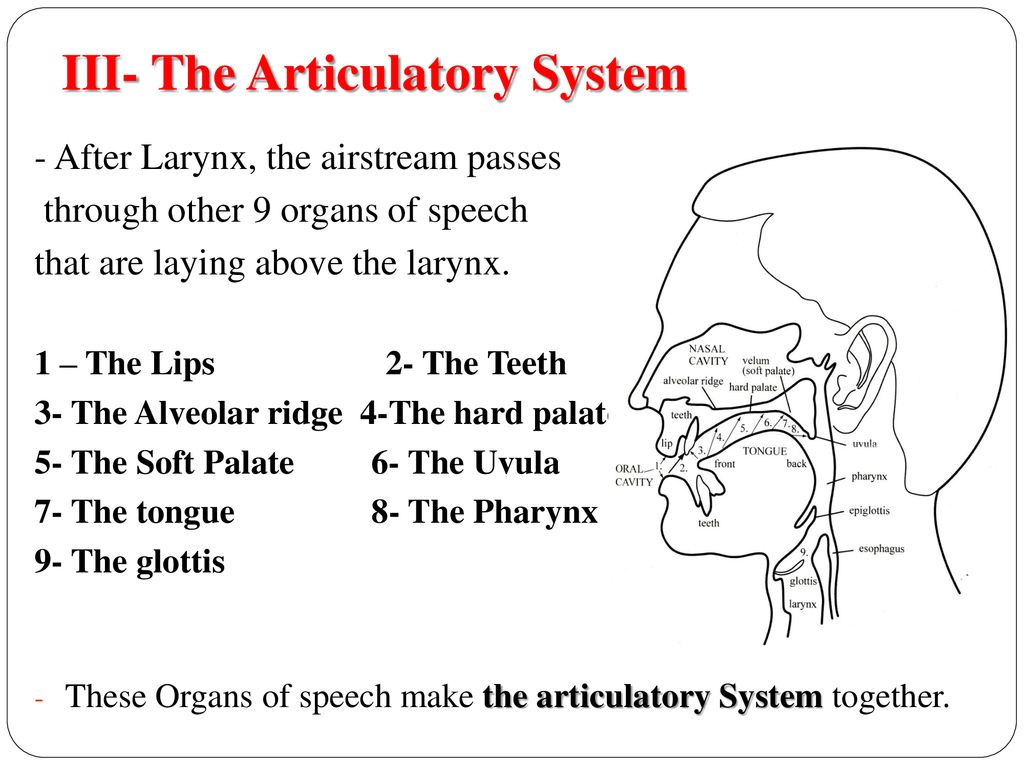Phonetics (who study the sound of the human voice) divide consonants into two types: voiced and unvoiced. Voiced consonants require the use of the vocal cords to produce their characteristic sounds; deaf consonants do not. Both types use the breath, lips, teeth, and upper palate to further modify speech. This guide introduces the differences between voiced and voiceless consonants and gives you some tips for using them.
Voiced and deaf consonants
It is important to make a distinction when talking about consonant sounds. Consonant sounds can be voiced or unvoiced.
Put your hand to your throat and say the word "P ick". Now I saw the word "b ig". Did you notice something different? When you said the word "big", your vocal chords should have vibrated. This is because / b / is a voiced consonant. / p / is a voiceless consonant.
Voiced consonants
The vocal cords, which are actually mucous membranes, run the length of the larynx at the back of the throat. By contracting and relaxing while speaking, the vocal cords modulate the flow of air expelled from the lungs.
An easy way to determine if a consonant is voiced or not is to place a finger on the throat. As you speak a letter, feel the vibration of your vocal cords. If you feel a vibration, the consonant is voiced. These are the voiced consonants: B, D, G, J, L, M, N, Ng, R, Sz, Th (as in the word "then"), V, W, Y and Z. But if the consonants are just individual letters, what are Ng, Sz, and Th? They are common sounds that are produced by combining the two consonants phonetically.
what is Voiced?
A simple explanation of voiced consonants is that they use the voice. This is easy to test by putting your finger on your throat. If you feel a vibration the consonant is voiced. Here is a list of some voiced consonants. Pronounce each consonant sound (not the letter) and feel the vibration of your vocal chords.
Here are some examples of words that include voiced consonants:
traveled
gloves
shells
started
changed
wheel
lived
Dreams
interchanged
balloons
The telephones
listened
organized
Voiceless consonants
Deaf consonants do not use the vocal cords to produce their harsh and percussive sounds. Instead, they are loose, allowing air to flow freely from the lungs to the mouth, where the tongue, teeth, and lips come together to modulate sound. These are the voiceless consonants: Ch, F, K, P, S, Sh, T and Th (as in "thing").
What is Voiceless?
Voiceless consonants do not use the voice. They are percussive and use hard sounds. Once again, you can test if a consonant is voiceless by putting your finger on your throats. You will feel no vibration in your throat, just a short explosion of air as you pronounce. Pronounce each of these consonant sounds and feel NO vibration in your throat.
Common words that use them include:
washed
coats
Viewed
books
seating
fallen
carts


No hay comentarios:
Publicar un comentario